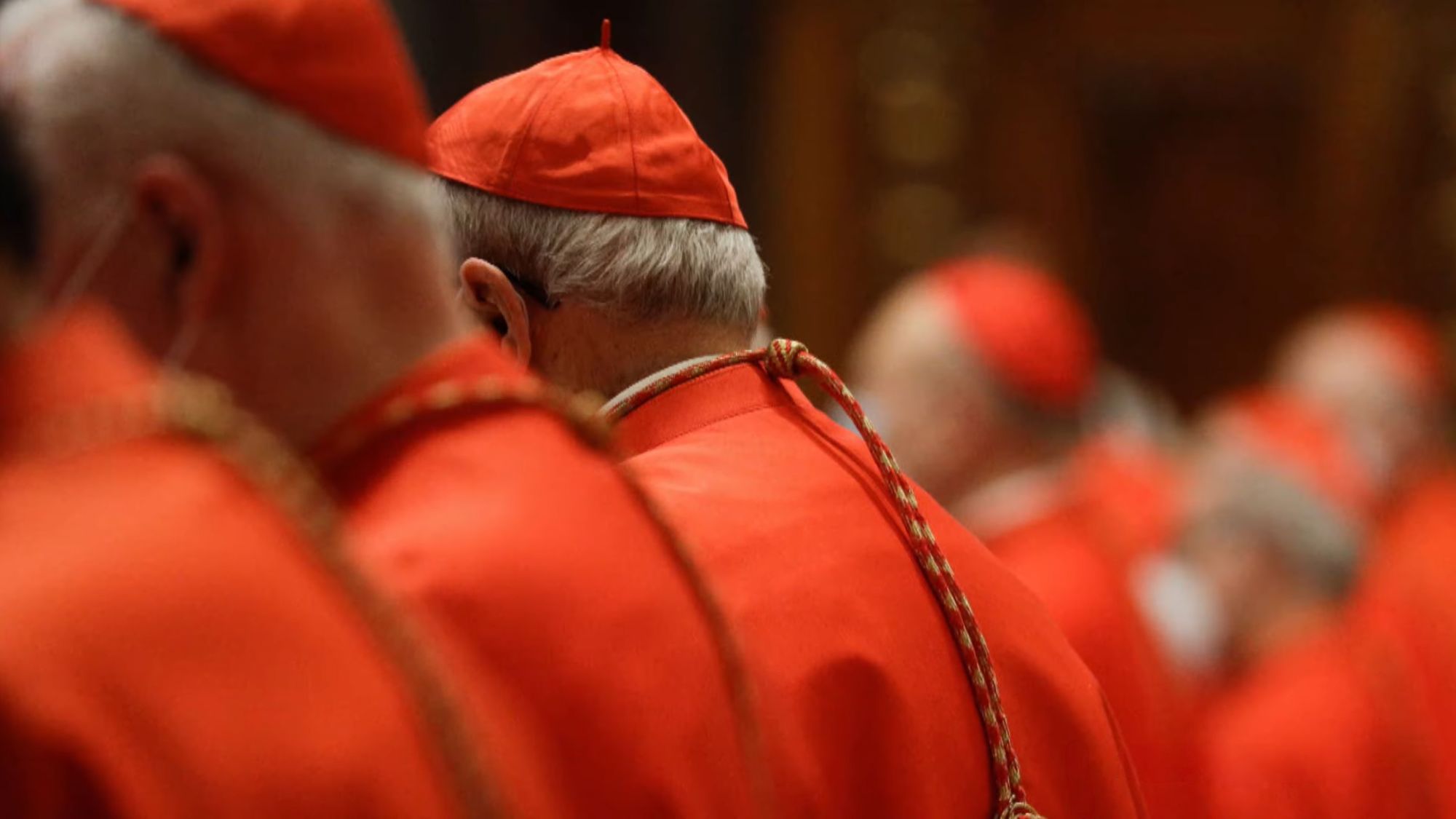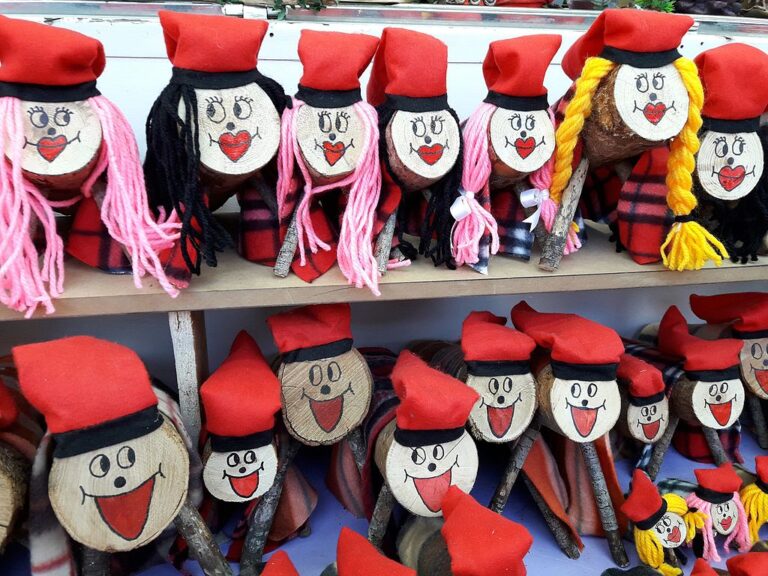Rome During a Papal Conclave: How Will The New Pope Be Chosen?
Pope Francis is no more, and in moments like this, when the Chair of Saint Peter is vacant, Rome becomes a city suspended between the ancient and the immediate. A Papal Conclave is a Catholic event and a rare spectacle of secrecy, ritual, and global significance.
It is the process by which a new pope is elected or chosen for the Roman Catholic Church in a highly structured and deeply traditional event, held in secrecy within the Vatican, and it only happens when the papacy becomes vacant. For travelers lucky enough to be there, it offers a chance to witness living history in one of the world’s most timeless cities.
The Atmosphere of Expectation
As soon as a pope dies or resigns, the Conclave must start within the next 15 to 20 days. Rome’s streets begin to shift. The Vatican’s bells toll differently; media crews descend; hotels around St. Peter’s Basilica start filling up. There is a sense of collective breath-holding, a city poised between endings and beginnings. For visitors, even everyday walks through Piazza Navona or along the Tiber feel charged with a new kind of energy — Rome waits for its future to be chosen.
The Princes of the Church
Only certain men are called to choose the next pope, and they are the College of Cardinals. Those under the age of 80 at the time the papacy becomes vacant are eligible to vote, a group currently numbering 135 cardinals. The Dean of the college calls them, and they come from across the world, bearing the colors, cultures, and concerns of a truly global Church. Each cardinal brings his vote and the weight of millions of faithful followers from every continent.
The Sacred Lockdown
The word Conclave comes from the Latin “cum clave,” meaning “with a key.” It signifies the locked doors of the Sistine Chapel, where the election takes place. After the public ceremonies and the solemn chanting of “Veni, Creator Spiritus,” the cardinals take an oath of secrecy. Observers outside see heavy doors close with great ceremony. After that, communication with the outside world is forbidden. The sense of isolation is real. The electors reside in the Domus Sanctae Marthae within Vatican City and are permitted no newspapers, internet access, or phone calls. Their entire world, for the duration of the election, consists of prayer, private reflection, and repeated ballots under the gaze of Michelangelo’s Last Judgment.
The Voting Ritual
The election follows a strict and symbolic process, unchanged for centuries. Each cardinal writes the name of the candidate he has chosen on a piece of paper designed with the words “Eligo in Summum Pontificem” (“I elect as Supreme Pontiff”). Carefully folded, the ballot is carried by each voter to the altar. In an act of both secrecy and personal responsibility, the cardinal places his vote first on a paten, then into a chalice.
After every round, three scrutineers, elected from among the cardinals themselves, count the ballots. The results are recorded meticulously. If no candidate achieves a two-thirds majority, the ballots are burned, sending black smoke through a specially designed chimney atop the Sistine Chapel. When a pope is finally chosen, a chemical additive ensures that white smoke rises instead, and this has been a centuries-old public signal that the waiting is over.
The Watching and Waiting Crowd Outside
For those gathered in St. Peter’s Square, waiting becomes a communal experience of hope and suspense. The crowd shifts between hushed anticipation and bursts of excitement whenever smoke appears.
Local Romans, world-weary reporters, and pilgrims who have traveled for days all lift their eyes to the small chimney that will deliver a simple yet powerful message: not yet, or now. It is a paradoxical moment: thousands of people stand in silence, staring upward, listening for church bells, scanning the sky for any clue, united in watching the invisible unfold.
The White Smoke and A New Era
When white smoke rises, the reaction in the square is immediate: cheers, weeping, and prayers. Bells from St. Peter’s Basilica begin to peal in celebration. Soon after, a senior cardinal steps out onto the central balcony and declares: “Annuntio vobis gaudium magnum: Habemus Papam!” (“I announce to you a great joy: We have a Pope!”). Then, the new pope himself appears, offering his first blessing, and history moves forward once again.
Being in Rome for this moment is incomparable, as it is a mix of spiritual gravity, global history, and personal memory that few other events can replicate.
The City in Reflection
The days following the Conclave feel markedly different. Rome exhales. Newspapers display the new pontiff’s face on every corner. Churches offer special masses of thanksgiving. Conversations in cafés and on buses turn to the future of the Catholic Church and the meaning of leadership. Travelers find themselves woven into a grander narrative, part of the city’s and the world’s ongoing story. Even for those without religious ties, the sheer drama and historical resonance of the event leave a lasting impression.
Practical Tips for Visiting During a Conclave
If you’re wishing to experience Rome during a Conclave, plan carefully. Accommodations near Vatican City, such as those in Borgo Pio or Prati, can fill up quickly. Security around St. Peter’s Square is extremely tight, and visitors should expect to undergo bag checks and experience long lines.
Weather conditions vary; bring layers, as you may be standing outside for several hours. Patience is key too, and it’s not just because of the crowds, but because Rome itself seems to move according to an older rhythm during these days, one that is not easily hurried. Respectful behavior is essential. The Conclave is not a performance staged for tourists, but a sacred ritual with profound importance to millions. Participate with humility and openness, and Rome will reward you with a rare glimpse of living history.
A Once-in-a-Lifetime Journey
Rome is always a city of layers, with past, present, myth, and faith intertwined. However, during a Papal Conclave, one layer is lifted and another deepens. To be present is to experience not just a city but a civilization grappling with change, continuity, and hope. Few journeys offer so much meaning in so brief a moment.
In those days of waiting, when the smoke rises and the bells ring, travelers become more than tourists. They become witnesses to history.






